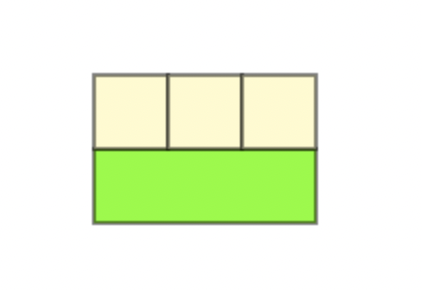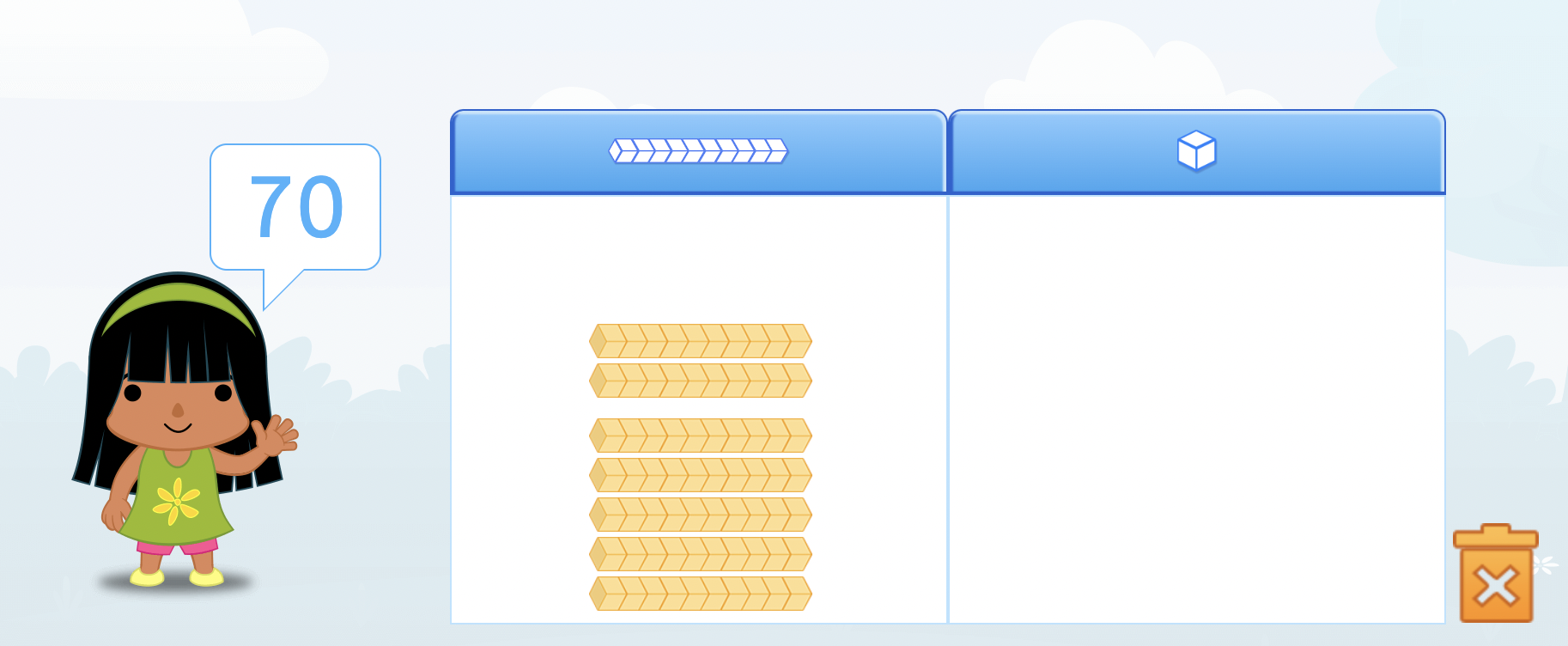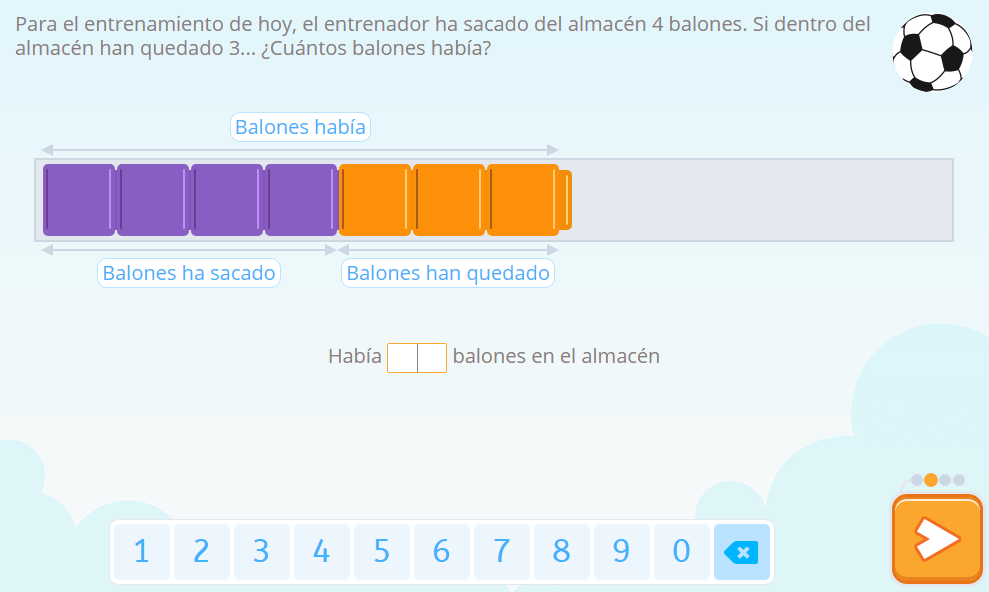Feb02
Activities for Dyscalculia using Manipulatives
Activities for Dyscalculia treatment . Dyscalculia is a learning disorder that affects a person’s ability to perform mathematical calculations and understand mathematical concepts. The use of manipulative materials, such as rulers, base ten blocks or number lines, can be an effective way to help people with dyscalculia to understand mathematical concepts because they are able to make abstract ideas, concrete.
In today’s article, we will suggest activities for Dyscalculia using manipulative objects.

Activities for Dyscalculia using Cuisenaire Rods
Cuisenaire rods are very effective in helping children with dyscalculia to understand arithmetic operations. Here are some exercises that can be done with cuisenaire rods to work on the concept of addition.
Before starting, it is important that they familiarise themselves with the material by playing freely. In fact, in order to use this manipulative material, children first have to memorise the value of each cuisenaire rod, and we have to make sure that they understand that each rod matches a certain number:
“The green rod is 3 because I need 3 cubes to get to the same length.”

When you add with the rods, you do it by matching up the lengths:
- First you have to identify the cuisenaire rod that correspond and then line them up.
- Then we have to find the one with the same length among all the rods.
- Finally, we can write the operation with the result using the digits.

Activities for Dyscalculia with Base Ten Blocks
Most children with dyscalculia have problems with understanding the place value of numbers. The base 10 blocks are a didactic resource that allows them to understand and concretely visualise the decimal number system. They consist of pieces that represent the units (the cubes), the tens (the bars), the hundreds (the plates) and the thousands (the cube).
- The unit is the smallest whole element we can count. Let’s represent a unit with a cube.
- The ten groups 10 units in tens.
- The hundred is equal to 10 tens or, in other words, 100 units.
When children have understood the concept of a unit, tens and hundreds, to automate knowledge we present some numbers (verbally or in writing) and they have to represent them with the base 10 blocks.
You can also do the opposite operation: show them the representation with blocks and ask them to tell us which number we have represented.

Activities for Dyscalculia with Polycubes
Polycubes are cubes that can be fitted together and are an excellent way to model addition and subtraction problems in children with dyscalculia.
Below we will explain the steps to perform this exercise:
- The first thing to do is to provide the problem statement in written form to avoid overloading the working memory of the child with dyscalculia.
- You should read the problem statement, look at it and remember only the relevant data.
- We use the polycubes to represent the quantities indicated in the statement, so that there is a one-to-one correspondence between the cubes and the objects mentioned.
- Once we have the relevant information of the statement modeled with the cubes, we must introduce the solution that depends on it.

Activities for Dyscalculia with an Abacus
The Rekenrek, or Dutch abacus, is an excellent tool that we can use to work on subitizing skills in children with dyscalculia.
The objective of this manipulative material is for children to develop a mental representation of numbers from 1 to 10, which is fundamental for operational fluency.

Video tutorial on the use of the Rekenrek
This video tutorial shows exercises that we can present to children to help them learn the analogy of the Rekenrek with their hands.
It is important to remember that each child with dyscalculia has unique needs and abilities, so it is essential to adapt the exercises to the individual needs and abilities of each child.
If you have any concerns about the possibility of your child having dyscalculia, feel free to take this free dyscalculia test. You will receive the results instantly via email.
- Learning Difficulties in Math: 4 Key Strategies for Effective Intervention - 13 de January de 2025
- Difficulties in Mathematics: Navigating the Consequences of Dyscalculia - 28 de May de 2024
- Dyscalculia in High School - 4 de March de 2024

